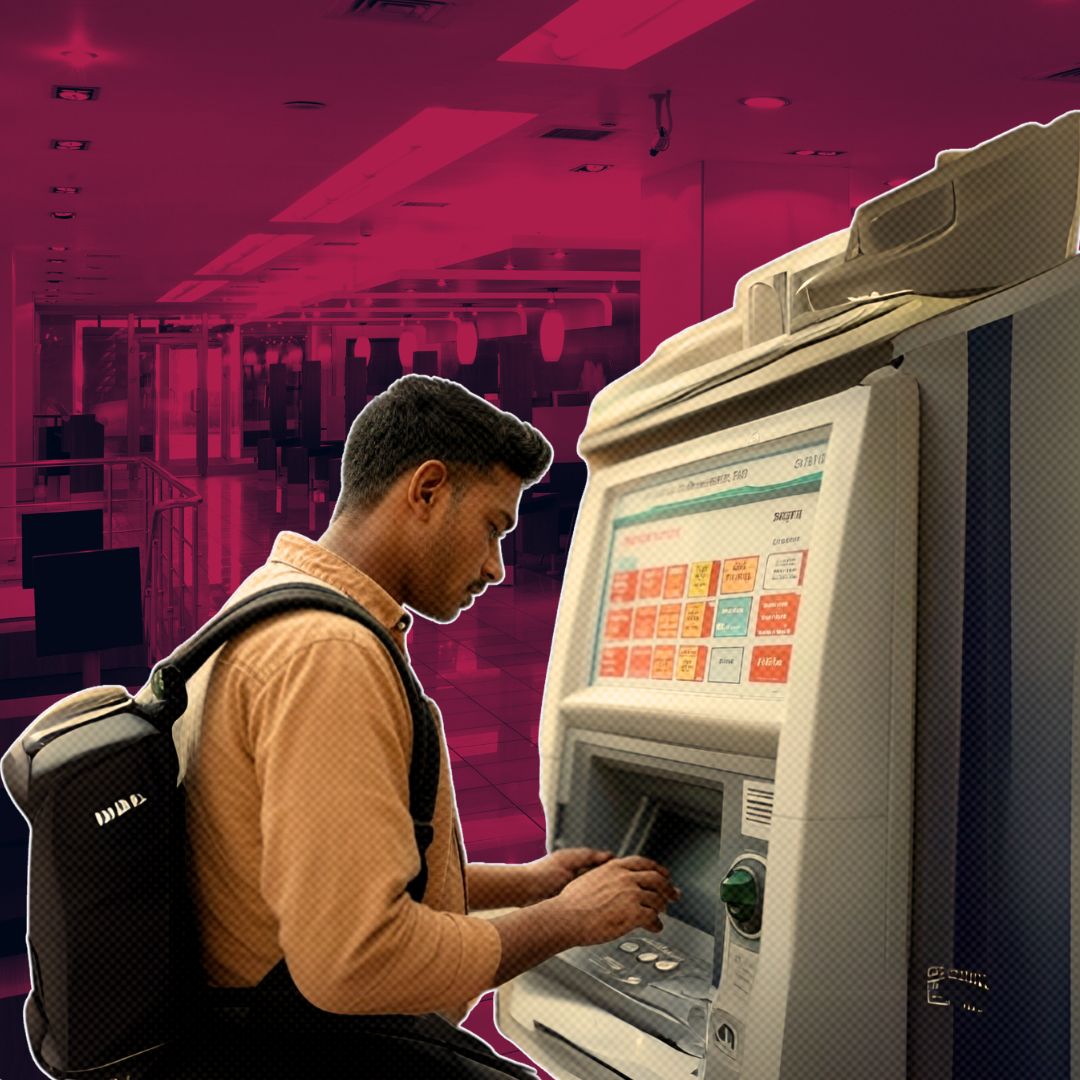Starting May 1, 2025, India will implement revised ATM transaction charges and a nationwide consolidation of Regional Rural Banks (RRBs) under the “One State One RRB” policy.
The Reserve Bank of India (RBI) has increased ATM fees from ₹21 to ₹23 per transaction beyond free limits, while 26 RRBs across 10 states and 1 union territory (UT) will merge into 11 entities, reducing the total number of RRBs from 43 to 28.
Officials cite rising operational costs and the need for financial inclusion as key drivers, with the Ministry of Finance stating the mergers will enhance “scale efficiency and cost rationalisation” across over 22,000 branches. These changes aim to streamline rural banking services while balancing fiscal sustainability and accessibility.
ATM Charges Revised to Offset Operational Costs
The RBI’s revised ATM fee structure, effective May 1, 2025, increases charges for transactions beyond the monthly free limit from ₹21 to ₹23. Customers retain five free monthly transactions at their own bank’s ATMs and three to five free transactions at other banks’ ATMs, depending on whether the ATM is in a metro (3 free transactions) or non-metro area (5 free transactions).
The hike follows consultations with banks, which cited rising costs of cash handling, cybersecurity upgrades, and ATM maintenance. An RBI spokesperson clarified that the revision “ensures ATMs remain economically viable for operators while protecting free access for most users.”
Meanwhile, the Ministry of Finance’s “One State One RRB” policy targets consolidation of 26 RRBs into 11 unified entities across 10 states (including Bihar, Gujarat, and Maharashtra) and 1 UT, reducing redundancies in governance and operations. Post-merger, each RRB will operate under a single sponsor bank, such as Punjab National Bank or State Bank of India, to standardise services.
Key Financial Changes Effective May 1, 2025
- Increase in ATM Transaction Charges:
- ATM fees for transactions beyond free monthly limits will rise from ₹21 to ₹23 per transaction.
- Free ATM Transactions Limits:
- Customers continue to get five free transactions per month at their own bank’s ATMs.
- For other banks’ ATMs, customers get three free transactions in metro areas and five in non-metro areas.
- Consolidation of Regional Rural Banks (RRBs):
- 26 RRBs across 10 states and 1 union territory will merge into 11 unified entities.
- This reduces the total number of RRBs from 43 to 28.
- Objective of RRB Mergers:
- To improve operational efficiency by eliminating overlapping jurisdictions and reducing administrative costs.
- To strengthen rural financial inclusion by expanding credit access and streamlining services.
- Operational Improvements Post-Merger:
- Merged RRBs will have increased authorised capital (minimum ₹2,000 crore).
- Adoption of shared digital infrastructure for better service delivery in rural and semi-urban areas.
- Challenges Ahead:
- Integrating human resource policies, technology platforms, and customer grievance systems across merged banks.
- Government and RBI Statements:
- RBI cites rising operational and maintenance costs as the reason for ATM fee hike.
- Finance Ministry highlights that RRB consolidation will enhance scale efficiency and cost rationalisation.
Consolidation Aims to Strengthen Rural Financial Inclusion
The RRB mergers aim to address systemic inefficiencies, including overlapping jurisdictions and uneven rural coverage. For instance, Bihar’s three RRBs will merge into a single entity, while Gujarat’s two RRBs will consolidate under one umbrella.
Post-amalgamation, RRBs will have a minimum authorised capital of ₹2,000 crore and adopt shared digital infrastructure to improve loan disbursal and deposit mobilisation in underserved areas. Over 92% of RRB branches operate in rural and semi-urban regions, serving farmers, small businesses, and self-help groups.
However, challenges persist in harmonising staff seniority rules, technology platforms, and customer grievance redressal systems across merged entities. A senior Finance Ministry official noted, “Consolidation will eliminate duplication, reduce administrative costs, and enable RRBs to compete with private banks in rural markets.”
The Logical Indian’s Perspective
While the ATM fee hike risks burdening frequent users, especially in cash-dependent rural areas, the RRB consolidation could mark a turning point for financial inclusion if implemented transparently.
The Logical Indian urges the RBI and Finance Ministry to introduce safeguards, such as subsidising ATM fees for low-income users and ensuring merged RRBs prioritise last-mile connectivity over profit margins.
These reforms must be accompanied by robust digital literacy campaigns to empower rural customers. As India moves toward a more streamlined banking system, we ask: How can policymakers ensure such changes uplift marginalised communities rather than widening existing disparities? Share your thoughts below.












